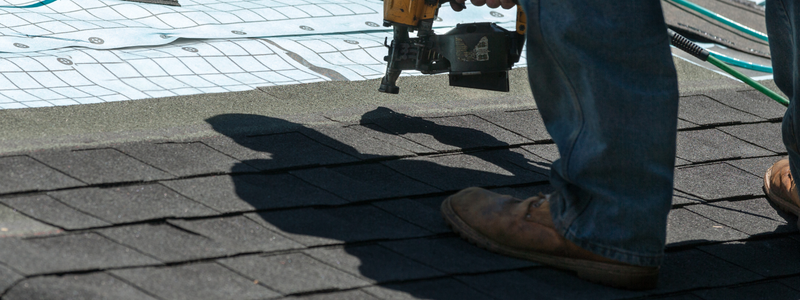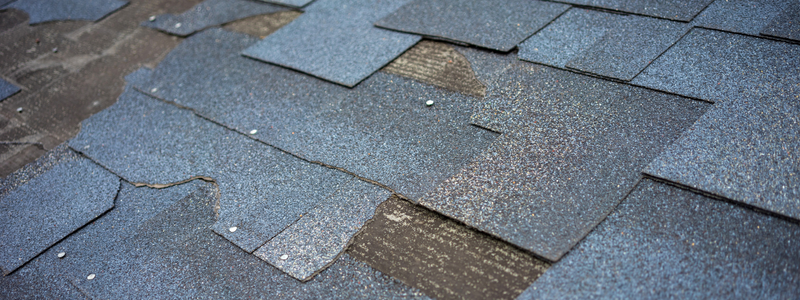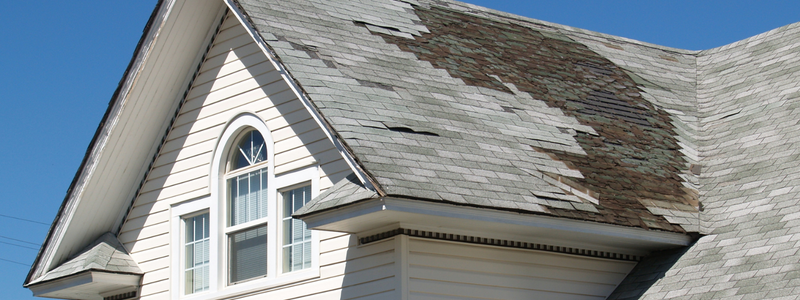
Roof Restoration vs Replacement
Let’s just face the truth – the cost of fixing or replacing your roof isn’t something anybody wants to contemplate happening to them. It is perhaps one of the largest home repairs people can encounter as a homeowner.
A sturdy and reliable roof protects you and your family from the weather and various other forces of nature. Your rooftop should be a constant on your checklist of top home-owning concerns. After all, a solid roof overhead is essential for keeping you and your loved ones safe and secure.
Roof maintenance requires a regular cleaning/visual inspection. When inspecting your roof, see if you can spot any damage and assess the severity of the damage.
When you address rooftop damage early, you spare your roof from any additional damage it might receive. Saving yourself time and money.
So, when your roof starts to show signs of wear and tear, you will be presented with two options: roof restoration vs replacement.
But should you do a roof restoration or a roof replacement?
What is the difference between the two?
Let’s look at the two and see which option might be best for you.

What is Roof Restoration Exactly?
Roof restoration incorporates replacing broken tiles, deep cleaning and painting over worn-out areas of the roof, and any other maintenance your rooftop requires.
This is an appealing option for commercial building projects which may not hold the kind of budget for a complete roof replacement.
In the event that you’re thinking about restoring your rooftop, there are sure instances when roof restoration is a much better option for you than replacement.
The following are some instances where roof restoration may be a better option vs replacement:
Hail damage
Colorado summers are very well-known for bringing a good amount of hail. The state even brings in some of the biggest pieces of hail recorded. These kinds of storms can bombard the roof of your home and in some cases, cause massive damage to the surface of the roof. Whole rooftops aren’t typically destroyed, allowing you to restore the specific sections harmed.
Water damage
During the rainy and snowy seasons, water can find a way into the shingles, felt underlay, and occasionally through the decking of your roof. With the water on the roof typically being able to slide off, instead, water sinks into the roof.
This can be extremely damaging to rooftops in Colorado. Colorado can dump snow or rain in large quantities during certain times throughout the year. Water accumulates on a roof and cannot always evaporate quickly enough to rid itself of the excess water. If it’s a particularly cold day in the state, water will seep into various cracks and openings in the roof, freeze, and then expand as the water forms into ice. Water/ice and roofs do not mix well together.
High-wind damage
Another weather trait Colorado is known for is producing high-speed winds. High-speed winds are another instance that can damage your roof.
Speedy gusts of wind can pick up and remove pieces of your shingles. Since wind at high speeds has the ability to push over trees and slam various debris into your roof, this can lead to major damage caused.
In contrast to a complete roof replacement, a roof restoration is considerably friendlier on the ol’ wallet. The process requires fewer materials and labor than a roof replacement.
A restoration, when done properly, can extend your rooftop’s life by up to 10 years.
The Benefits of Roof Restoration
- Restoration is a more affordable option compared to replacing your entire roof.
- A restoration of your roof is a much more environmentally-friendly option due to reusing parts of the roof.
- Restoration improves the quality of your current roof and doesn’t start everything from scratch.
- The lifespan of your roof extends to up to 15 years after a restoration.

Okay, What About A Roof Replacement Then?
When rooftop damage is severe enough, all materials are completely removed and new installation is required. This is a roof replacement, when a roof is partially or completely replaced.
At the point when the damages on your rooftop become significant enough, all materials are removed thoroughly and a new roof installation begins. When a roof is partly or completely replaced, this becomes a roof replacement.
If you’re probably having persistent roof-related problems like water leaks, replacement becomes the option when your rooftop is well beyond any kind of repair. These kinds of roof ailments can lead to the roof collapsing.
It is kind of a rule of thumb that your roof has about 20 years before needing a complete replacement.
In this amount of time, roofing is known to show mold, moss, bald spots, cracked/curled shingles, and much more. These are potent indicators that your roof more than likely needs to be replaced.
A complete roof replacement is certainly more expensive than a roof restoration but sometimes you have no other option but to do a replacement for roofs with extreme/irreversible damage. Long term, it’s a smart, money-saving investment.
On the bright side, your new roof will allow you the reassurance that your household is protected and will add overall value to your home.
The Benefits of Roof Replacement
While it may seem like the bigger headache, a roof replacement isn’t always a bad thing. If it’s happening sooner than every 15-20 years, you may need to reconsider options, but there are many advantages of a full roof replacement.
- A complete replacement of your roof will last longer than a restoration.
- Replacement addresses issues like underlying rot, making for a sturdier and safer rooftop.
- Replacement allows for a fresh start in your roof maintenance and enables you to identify early signs of rot/sagging caused by water damage.

Is It A Better Idea To Repair Or Replace Your Roof?
There are going to be many factors in determining if your roof needs a restoration or a replacement.The material types used, climate zones and the roof’s age are all ultimately going to impact whether your roof can be restored or should be replaced altogether.
A rooftop with lots of documented problems like leaks, moss/fungus growth which leads to overall decay, and any moisture found in the insulation or deck beneath the roof, will need to have a roof replacement. Restoration just isn’t an option when decay becomes present.
When your rooftop is hit with various weather conditions and damaged; a restoration is probably what you would want to go with.
With a better understanding of roof restoration vs. replacement, you can make a more informed decision on which route you may need to take. But, you are not alone.
B&M Roofing and Roof Restoration vs Replacement
B&M Roofing has been providing the best commercial/residential roofing restorations and replacements since 1947. We bring superior knowledge and experience in metal roofing, shingles, tile, low slope roofing, asphalt, and much more. Our inspections help to give you the best options on roof repair, or roof restoration vs replacement and pros and cons of each option.
If you believe your business or commercial roof is in need of repair, please contact our Colorado roofing company for a free assessment.
With our knowledgeable professionals, we are dedicated to ongoing support. We promise to leave you feeling assured that your roofing needs are our #1 priority.




































